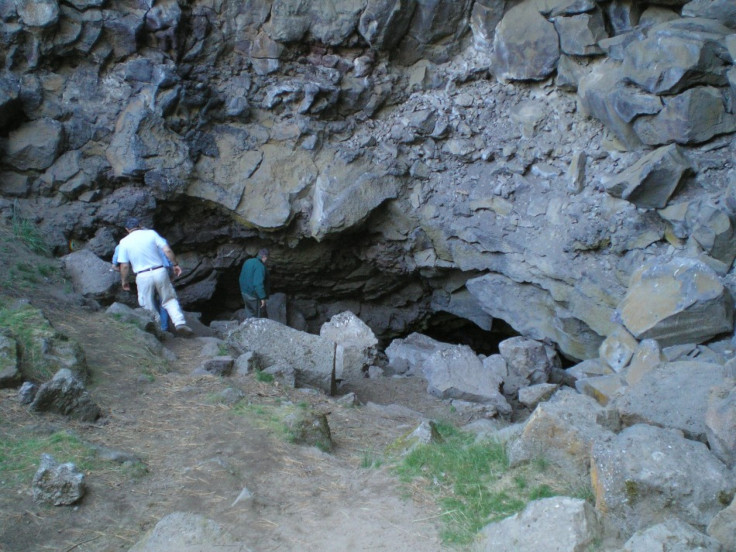In Search for Life on Mars, Start on Earth

As NASA's latest Mars Curiosity rover ventures to explore the red planet's ability to sustain life starting in August - back on Earth, scientists already found life in a near-Martian place: an icy rocky surface of a lava-tube cave.
Researchers, who snooped and scraped around lava-tube caves in Oregon looking for life, found a bacteria species that grows in an environment closely analogous to Mars. The bacteria, technically known as Pseudomonas sp. HerB, breaths iron in the low oxygen environment and gets energy from the mineral olivine even in near freezing temperatures, the researchers found.
Olivine is very common on Mars and such environmental conditions (low temperature and low oxygen) are largely believed to have existed in the past on Mars, Radu Popa, biology professor at Portland State University and lead author said. The research group, headed by Martin Fisk, microbiologist of extreme regions at Oregon State University, found a method to culture the bacteria, helpful in exploring what makes the thermophile tick.
The research appeared in the January issue of the journal Astrobiology.
In the future, Popa said that the researchers would piece together how bacteria used olivine, also known as peridot and chrysolithe when gem quality, as an energy source.
The research might help future pursuits of finding evidence of ancient or current life on Mars. We now have a model organism growing under controlled lab conditions that we can use to find biosignatures that can verify whether life ever existed on Mars.
© Copyright IBTimes 2025. All rights reserved.





















